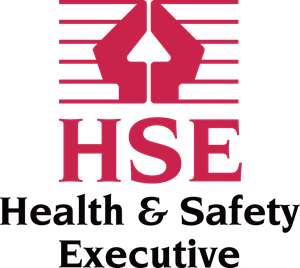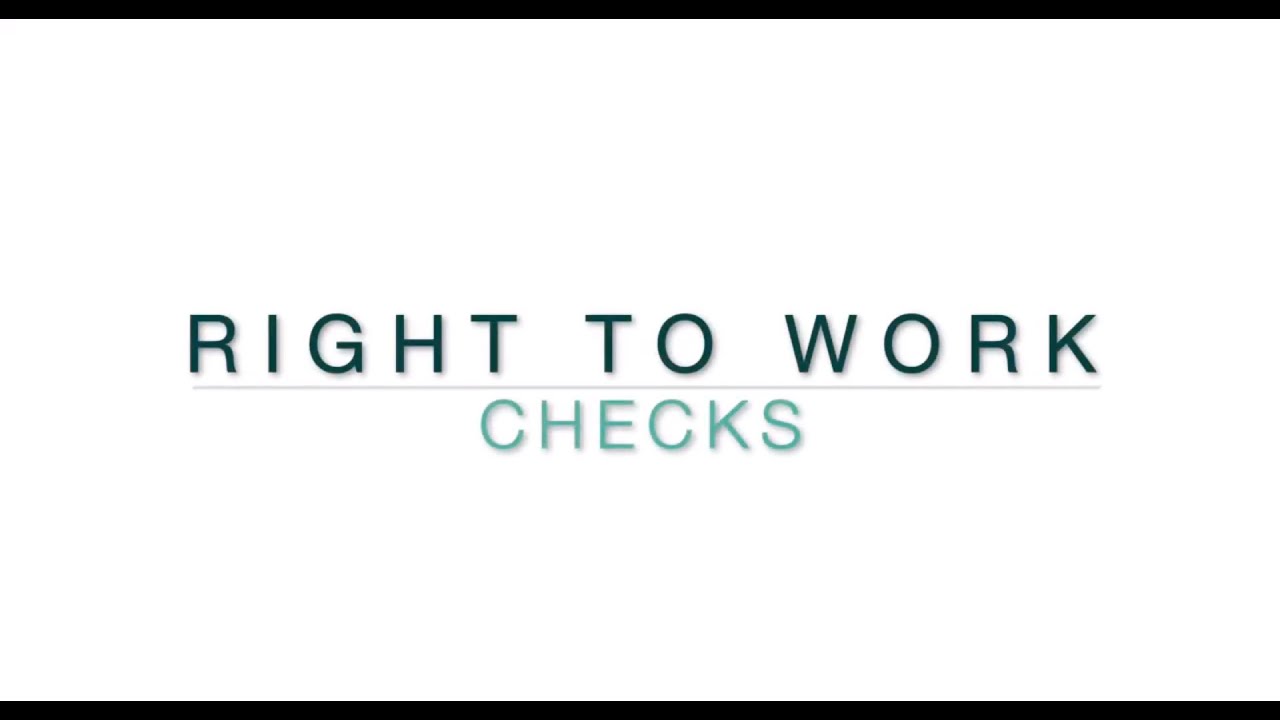The President of the Employment Tribunals has issued the annual update to the Vento guidelines, setting out the bands of awards for injury to feelings, payable in cases of discrimination at work, adjusted for inflation.
The new bands are: –
- lower band: £1,200 to £11,700 (less serious cases)
- middle band: £11,700 to £35,200
- upper band: £35,200 to £58,700 (the most serious cases)
Awards in the most exceptional cases may exceed £58,700. These updated figures apply in respect of claims presented on or after 6 April 2024.
The lower band applies to ‘less serious cases’ where the act of discrimination is a one-off or isolated occurrence. The middle band applies to serious cases that do not fall within the higher band. The higher band applies to the most serious cases, for example, where there has been a lengthy campaign of discrimination and/or harassment.
Employment Tribunals have great flexibility to fix the compensation at what is fair and just in each case. They will consider all the evidence, including the claimant’s evidence about the impact of the discrimination on them, before deciding an appropriate award.
While the tribunal will assess the award of damages for injury to feelings in an objective way, the perception and the individual reaction of the claimant will be an important factor for the court to consider. The more upsetting the conduct is to the individual, the more seriously the discrimination is likely to be viewed, and the higher the award for injury to feelings. Where a one-off act of discrimination is particularly humiliating or serious, and the victim suffers serious consequences as a result, an award in the higher bands could be justified. A tribunal would require quite detailed evidence about the seriousness, before it would be prepared to award a high figure.
Claimants sometimes have unrealistic ideas about how much money they will be awarded. Cases that make the news are there precisely because they are so unusual. A tribunal will take a measured and methodical approach when they assess how much to award, but it is hardly a science. There is little in the way of hard evidence about what is normal, but we believe that most awards fall into the lower category.
Maximum, Median and Average Awards for Unfair Dismissal and Discrimination 2022/23
|
Maximum Award |
Median Award |
Average Award |
|
| Unfair Dismissal |
£184,200 |
£6,201 |
£11,914 |
| Race Discrimination |
£452,474 |
£11,400 |
£23,070 |
| Sex Discrimination |
£995,128 |
£11,177 |
£37,607 |
| Disability Discrimination |
£1,767,869 |
£15,634 |
£45,435 |
| Religion & Belief Discrimination |
£92,039 |
£9,239 |
£19,332 |
| Age Discrimination |
£84,723 |
£5,675 |
£14,210 |
| Sexual Orientation Discrimination |
£82,168 |
£26,247 |
£31,623 |
These awards will include compensation for loss of employment which generally makes up a large proportion of the total amount, with injury to feelings being on top.
An award for injury to feelings is meant to reflect how upset the employer made the claimant feel, not to punish the employer for how badly they have behaved. Fair treatment is a moral and legal duty, and employers have a responsibility to investigate and respond to any issue they become aware of, as well as taking all reasonable measures to protect employees from harassment and discrimination.
Having strong and unambiguous equal opportunity and dignity at work policies are powerful tools for preventing discrimination and harassment in the workplace. In addition to developing the right policies for their workplace, employers also need to make sure that everyone understands the policy (evidence is shown by training records) and that it operates effectively in practice. Policies and practices that amount to indirect racial discrimination may be justified only when the policy or practice is a proportionate way of achieving a legitimate business aim.
Actions:
- Educate all your workers about discrimination – this is done through meaningful training.
- Encourage workers to respect each other’s differences.
- Respond to any evidence or complaints of inappropriate behaviour.
- Deal with any complaints of discrimination promptly and confidentially.
It is essential for employers to be proactive and prevent discrimination from occurring in the first place. Claims are difficult and expensive to defend, so best avoided.
The Equality and Human Rights Commission (EHRC) has confirmed that it will be updating its existing Code of Practice and technical guidance on ‘Sexual harassment and harassment at work’ to address the new mandatory duty that will apply to employers from October 2024, to take ‘reasonable steps’ to prevent sexual harassment in the workplace.
In summary, the expectation in law will be in the future that employers must assess the risk of harassment, take reasonable preventative action to reduce such risks, and deal effectively with workforce complaints of harassment.
BackupHR can deliver a full day in-person training course on Dignity at Work (Harassment and Bullying) which is suitable for Managers, Supervisors and/or Team Leaders with people management responsibilities, and/or a half day briefing session suitable for all types of employees. In providing this learning, clients will be able to demonstrate a range of reasonable steps have been taken to educate the workforce on its Equality and Dignity at Work policies, together with communicating out that discrimination, harassment and bulling is not acceptable behaviour at work.
If this is something you would be interested in running within your organisation, please contact Jackie Bolton on 01480 677981 or drop her an email to jackie@backuphr.com for more information.
You are welcome to raise any concerns with our Consultant team, who would be pleased to advise you on any element of the issues arising from this newsletter.









